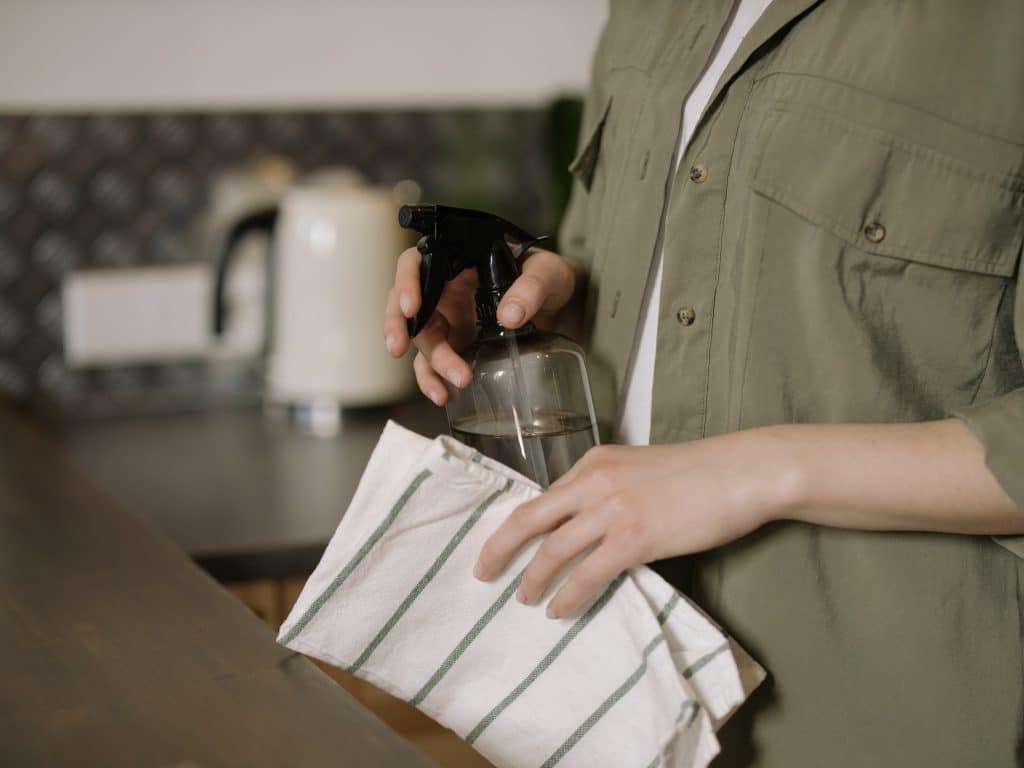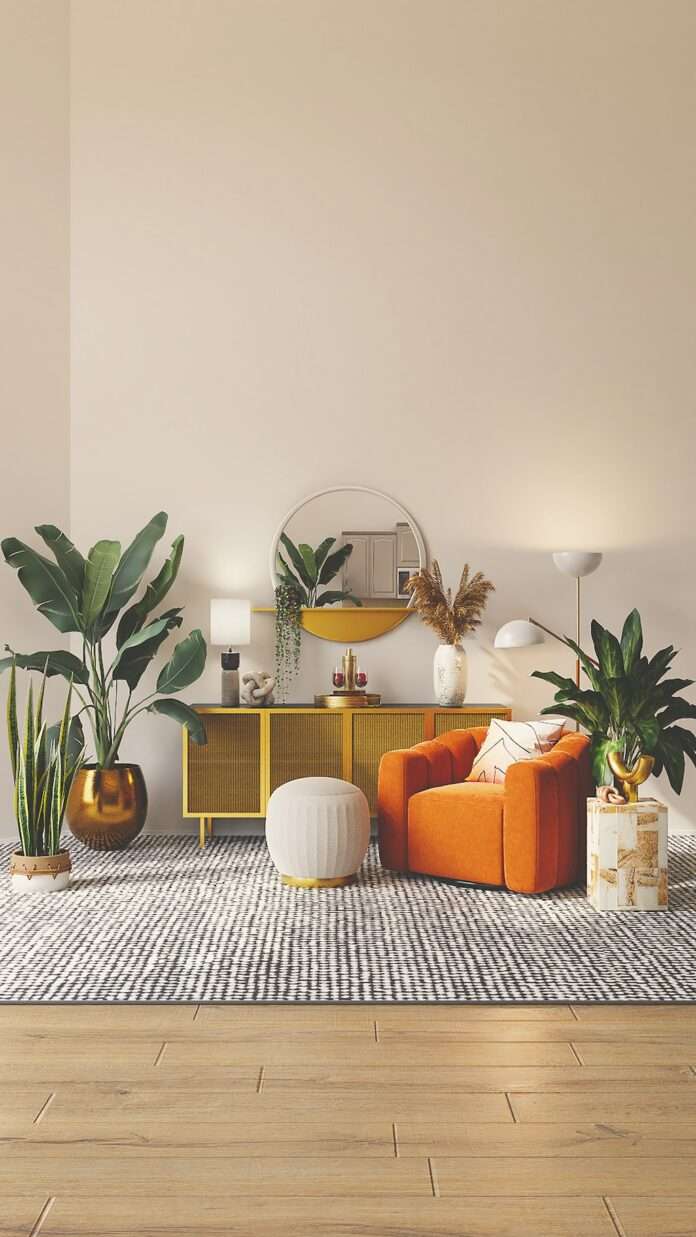Bring fresh, clean air indoors with these simple non-toxic steps you can take to purify your home with minimal effort.
With smog, pollutants, dust and so many harmful substances in the air, it’s unsurprising that the air we breathe isn’t particularly fresh — especially indoors where the pollution levels can be as much as five times the levels outside. Toxic pollutants from outside like smog and air pollution can get trapped in the house, and items in your home may also be contributing to the pollution. Furniture, stoves, rugs, cleaning products, and fragrances can be harmful to our health in a number of ways.
It’s likely you will begin to question how you can avoid breathing in these damaging substances inside the comfort of your home, as it should be a healthy space. Fortunately, there are some simple steps that you can follow to maintain fresh, clean air inside your home.
1. Open the windows
One of the best and easiest ways to maintain fresh, clean air inside your home is by opening your windows. You don’t need to leave them open; in fact, you can do this all but once a day. Of course, this can bring outdoor pollutants into the home, too.
One trick is to open your windows as soon as you’re awake. In the early morning, before the world switches on with heavy traffic and fume-filled manufacturing processes, the air can be fresher. This will mean that you can change the stale air that’s been in your home overnight while you sleep, replacing it with crisp, clean air to help wake you up properly.

2. Become a plant person
Another easy option that you can explore to ensure that your home benefits from the purest air possible is to invest in a range of indoor plants. Plants work by taking in carbon dioxide while pushing out oxygen, and that’s exactly what process you need to help clean the air in your property!
Indoor plants can help to remove toxins from your home while boosting the oxygen level at the same time, so having a few extra plants in each room can be of real benefit to your air quality. Plus, plants are an easy way to improve your decor and bring some color to your space. Some plants are better at air purifying than others. Try Barberton daisies, English ivy, and snake plants for improved air quality.
3. Get an air purifier
If you have a little more cash to spend and would like immediate, top-quality results, then now is the time to purchase an air purifier. Air purifiers or air cleaners exist to remove toxins from the air so that you can benefit from fresh, clean air to breathe without trouble. You’ll feel an almost instant difference when you switch on your air purification unit, so there’s no time like the present to invest.
There are smaller models you can use instead of a more complicated setup, too. Air purifiers can help clear out toxins in the home including allergens, making them a smart investment.

4. Use natural cleaning products
Keep the air indoors healthier by keeping the toxins out. One of the easiest ways to do this is by opting for all-natural cleaning products or making your own. Products like white vinegar, Castile soap, baking soda, and lemon juice can be highly effective at cleaning out dirt and grime while also keeping the chemical clouds away. Plus, DIYing your own cleaning products is less expensive than store-bought brands.
5. Freshen with essential oils
While essential oils can’t trap or remove pollution from the air, some do have antibacterial properties that may help keep harmful airborne bacteria at bay. Another benefit of aromatherapy is that they’re a safer alternative to chemical air fresheners, so you can freshen your home without the toxins. Use a simple essential oil air diffuser and try cleansing, antibacterial scents like tea tree, eucalyptus, and lavender.

6. Mind your cooking oils
That’s right, the type of cooking oil you use can impact your home’s air quality! Higher smoke point oils like avocado oil will reduce the smoke in the air. Other oils like peanut, safflower, canola, corn, and sunflower oil also have high smoke points. Use lower smoke point oils like olive oil as a finishing oil on cooked food instead of in the hot pan.
7. Buy vintage furniture
New furniture is so tempting, but most of it contains harmful chemicals like formaldehyde that can pollute the air and pose long-term health risks. Spend some time learning about vintage furniture styles instead. They’ve off-gassed their chemical loads already.
But beyond that, they can be timeless, handmade pieces built to last. Whether you find yourself drawn to Midcentury designs, Georgian, Queen Anne, or a number of other furniture eras for a unique style all your own.
Still love the modern stuff? There are an emerging number of apps today for buying gently used recent furniture. You get the benefit of newer pieces without the chemicals. Have to have a new piece of furniture? Let it air out oudoors for several days in a dry, shaded area until the chemical smells subside.
Related on Ethos:


